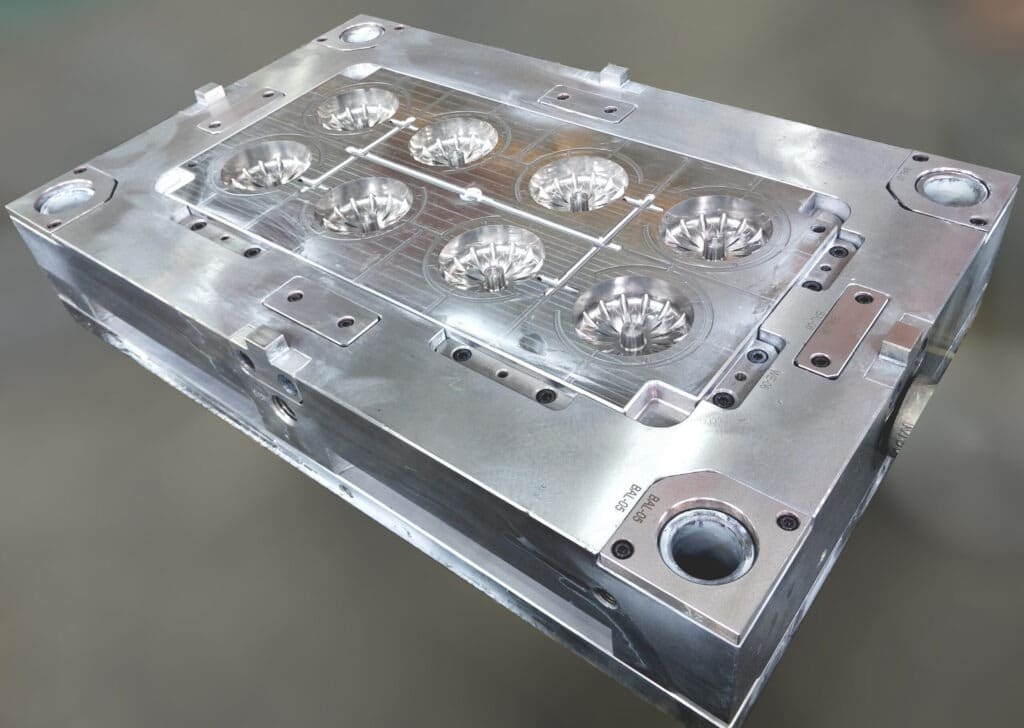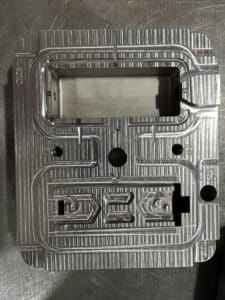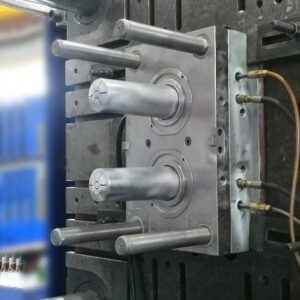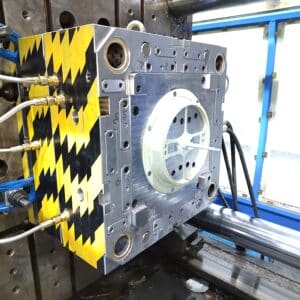1. Injection pressure
The injection pressure is provided by the hydraulic system of the injection system. The pressure of the hydraulic cylinder is transmitted to the plastic melt through the screw of the injection molding machine. Driven by the pressure, the plastic melt enters the vertical runner (also the main runner for some molds), the main runner and the branch runner of the mold through the nozzle of the injection molding machine, and enters the mold cavity through the gate. This process is called the injection molding process, or the filling process. The existence of pressure is to overcome the resistance in the melt flow process, or conversely, the resistance in the flow process needs to be offset by the pressure of the injection molding machine to ensure the smooth filling process.
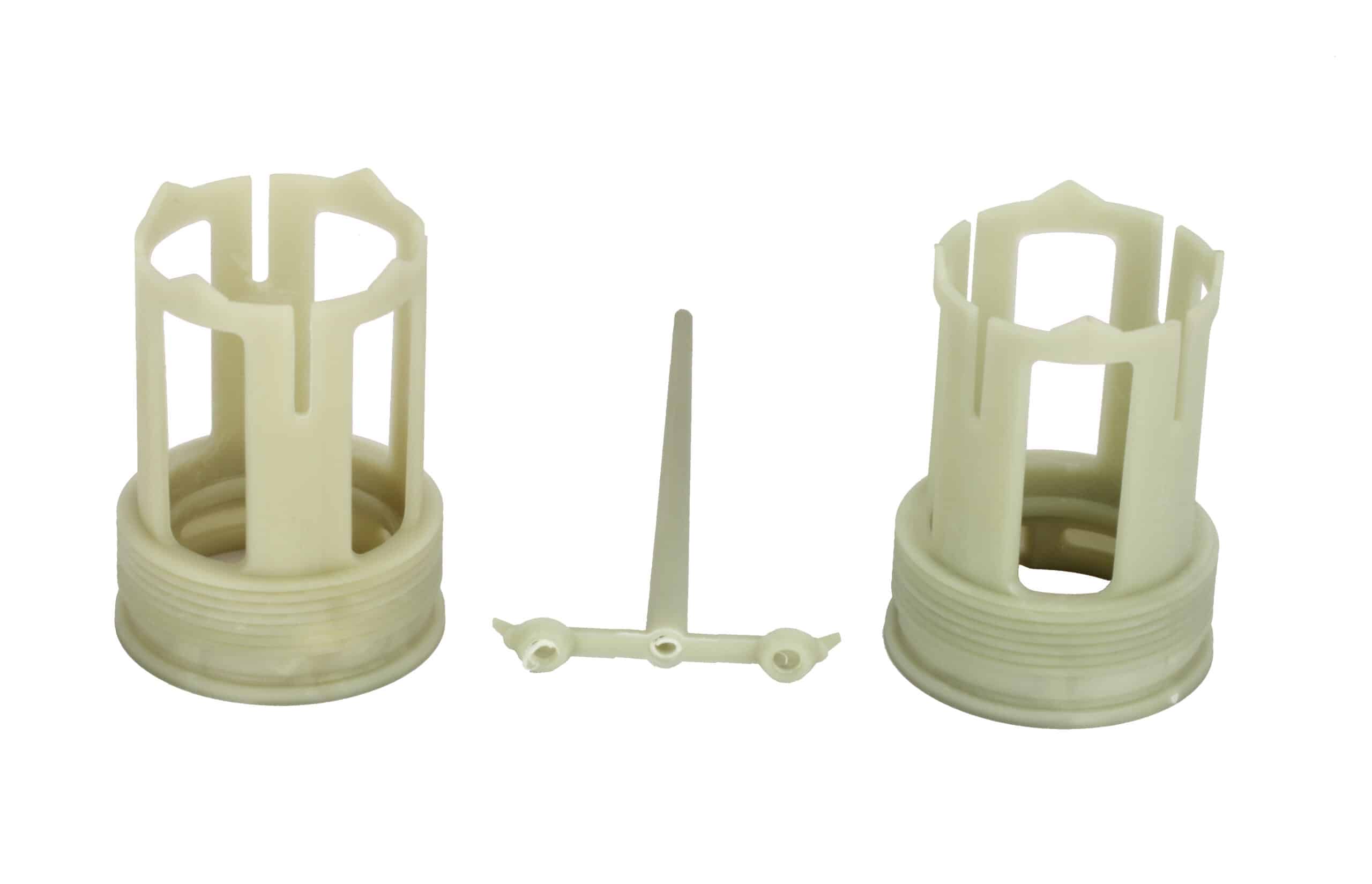
Unscrewing Plastic Injection Mold
During the injection molding process, the pressure at the nozzle of the injection molding machine is the highest to overcome the flow resistance of the melt in the whole process. Then, the pressure gradually decreases along the flow length to the front wave front of the melt. If the internal air exhaust in the mold cavity is good, the last pressure in the front of the melt is atmospheric pressure.
There are many factors affecting the melt filling pressure, which can be summarized into three categories:
⑴ Material factors, such as the type and viscosity of plastics;
⑵ Structural factors, such as the type, number and position of the gating system, the shape of the mold cavity and the thickness of the product;
⑶ Molding process elements.
2. Injection time
The injection time here refers to the time required for the plastic melt to fill the mold cavity, excluding auxiliary time such as mold opening and closing. Although the injection time is very short and has little impact on the molding cycle, the adjustment of injection time has a great effect on the pressure control of the gate, runner and cavity. Reasonable injection time is helpful to the ideal filling of melt, and it is very important to improve the surface quality of products and reduce dimensional tolerance.
The injection time is far less than the cooling time, which is about 1/10~1/15 of the cooling time. This rule can be used as the basis for predicting the total molding time of plastic parts. In the process of mold flow analysis, the injection time in the analysis results is equal to the injection time set in the process conditions only when the melt is completely driven to fill the cavity by the rotation of the screw. If the pressure maintaining switch of the screw occurs before the cavity is filled, the analysis result will be greater than the setting of the process conditions.
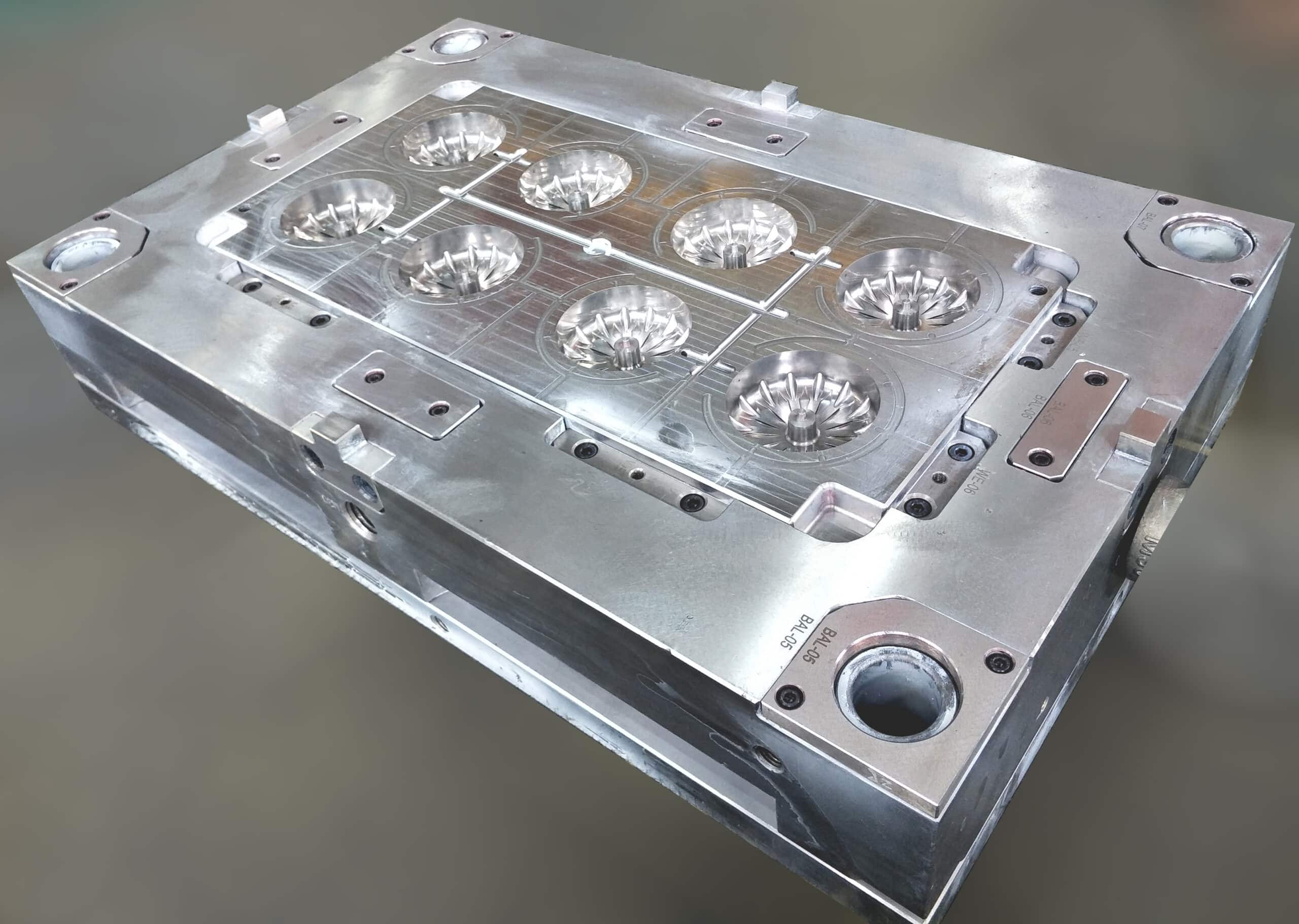
Multi-Cavities Molds
3. Injection temperature
Injection temperature is an important factor affecting injection pressure. The barrel of the injection molding machine has 5-6 heating sections, and each raw material has its proper processing temperature (see the data provided by the material supplier for detailed processing temperature). The injection temperature must be controlled within a certain range.
Too low temperature leads to poor plasticization of melted materials, which affects the quality of molded parts and increases the process difficulty; The temperature is too high, and the raw materials are easy to decompose. In the actual injection molding process, the injection temperature is often higher than the barrel temperature, and the higher value is related to the injection rate and material properties, up to 30 ℃. This is due to the high heat generated by the shearing of the molten material when it passes through the injection port. This difference can be compensated in two ways during the mold flow analysis: one is to measure the temperature of the molten material during the empty injection molding, and the other is to include the nozzle in the modeling.
4. Holding pressure and time
At the end of the injection molding process, the screw stops rotating and just moves forward. At this time, the injection molding enters the pressure holding stage. During the pressure maintaining process, the nozzle of the injection molding machine continuously feeds the cavity to fill the volume vacated due to the shrinkage of the part. If the cavity is filled without pressure maintaining, the part will shrink by about 25%, especially the rib area due to excessive shrinkage. The pressure maintaining pressure is generally about 85% of the maximum filling pressure, which should be determined according to the actual situation.
5. Back pressure
Back pressure refers to the pressure that needs to be overcome when the screw reverses and reverses for material storage. The use of high back pressure is beneficial to the dispersion of pigments and the melting of plastics, but it also extends the screw retraction time, reduces the length of plastic fibers, and increases the pressure of the injection molding machine. Therefore, the back pressure should be lower, generally not more than 20% of the injection molding pressure. When injecting foamed plastics, the back pressure should be higher than the pressure formed by the gas, otherwise the screw will be pushed out of the barrel. Some injection molding machines can program the back pressure to compensate for the reduction of the screw length during melting, which will reduce the input heat and reduce the temperature. However, due to the difficulty in estimating the results of such changes, it is not easy to make corresponding adjustments to the machine.


